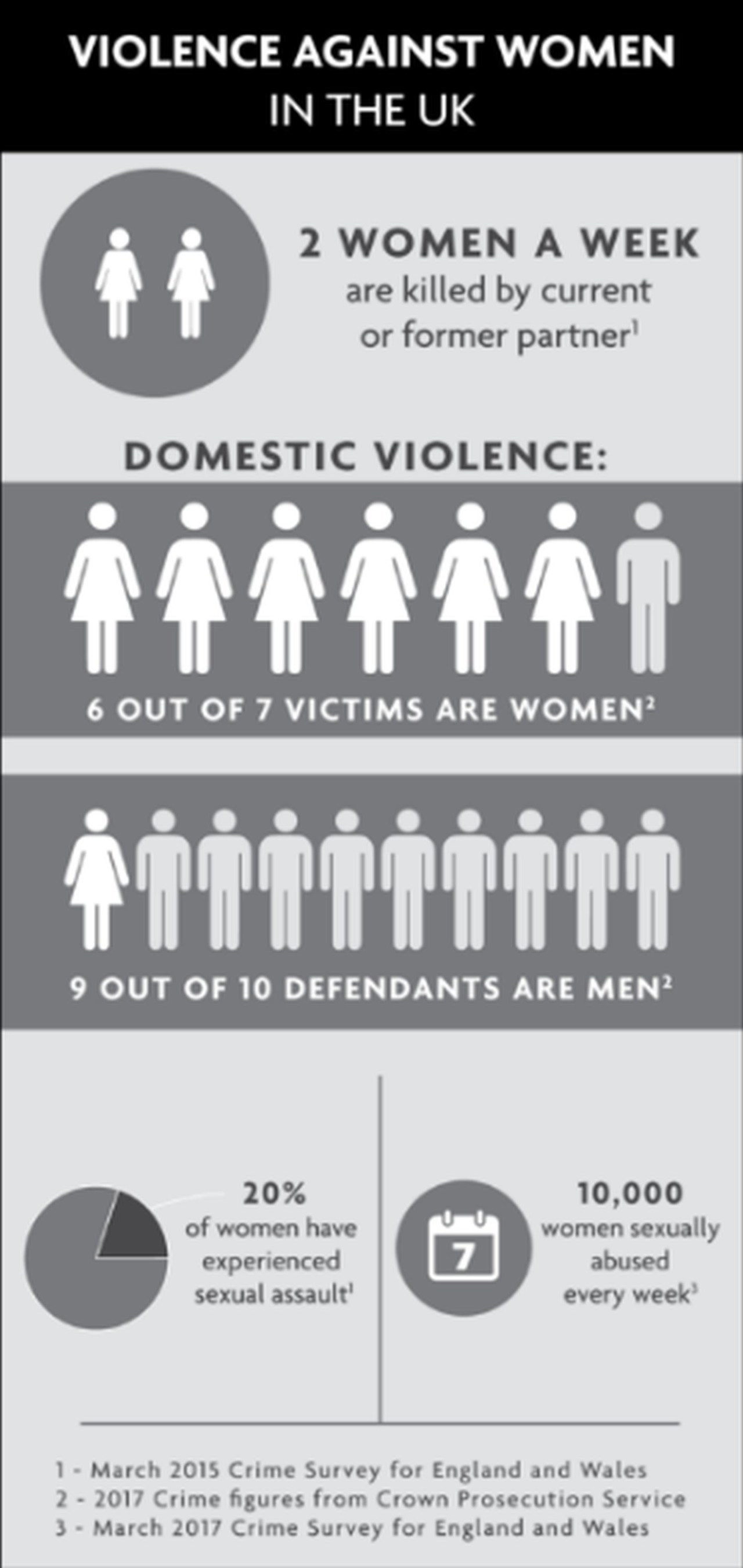This article consist of 12 pages and 2399 words.
In order to get full access to this article, email us at thedocumentco@hotmail.co.uk
Ref No: 4269

Table of Contents
- Chapter Two: Literature Review.. 3
1.1. Background. 3
1.2. Domestic Violence. 3
1.3. Critical Analysis. 4
1.4. Theories of Domestic Violence. 6
1.4.1. Feminist Theory. 6
1.4.2. Socio Political Theory. 7
1.4.3. Individual Theory. 7
1.4.4. Social and Learning Theories. 8
1.5. Case Study. 9
References. 11
1. Chapter Two: Literature Review
1.1. Background
Domestic violence is the phenomenon that widely occurs in diverse range of cultures and societies across the globe. According to Kaur and Garg (2008), it is considered as a burden in various social systems, this is because domestic violence has direct influence on social and economic development of nations.
On the other hand, Walby and Allen (2004), examined that domestic violence has become one of the key global problems due to massive control and influence on cultural, racial and socio-economic implications.
Similarly, Sharp (2008), determined in a research study that domestic violence is not only scattered geographically, however, the level of acceptance in people’s behaviors extensively. Therefore, it has dispersed deeply and puts serious negative consequences mainly on the wellbeing of women around the world. In this regards, the research focuses on the domestic violence issues against women in UK.
The reviewed literature includes – the background of the domestic violence, a critical analysis based on past research studies, review of theories related to domestic violence and some case studies have been incorporated.
1.2. Domestic Violence
As per the research studies, wide range of definitions of domestic violence have been proposed by authors, legal institutions and by the human rights activists (Palmer, 2011).
As stated by Crisp and Stanko (2001), giving a particular definition to domestic violence is challenging because it is a social construct that has been developed with the passage of time and demonstrates an understanding regardingpower distribution and interests as well (Kaur and Garg, 2008).
As per the understanding of feminist, domestic violence is defined as individuals who have confronted physical injuries due to wide range of coercive, controlling and abusive behaviors that result in physical, sexual and psychological damage.
However, researchers argued that the abuse of psychological and sexual abuses have not integrated in the concept of domestic violence (Saunders, 2002). Though, as per the different definitions of domestic violence, a single concept has been developed that is “domestic violence is any type of violence that occurs between two or more individuals – this violence can lead towards sexual, financial, emotional and physical abuse (Home Office, 2000a).
1.3. Critical Analysis
As per the past research studies, one of the most renowned and prominent types of violence against women is the domestic violence that exists among all societies, cultures and different economic classes as well.
This is a social concern that influences social wellbeing of men and women (Barnish, 2004). Similarly, Bennington et al (2012), asserted that domestic violence is considered as a criminal act. Along with this, Harne and Radford (2008), examined in a research study that mostly women are the victims of domestic violence.
As per the research of European Union Agency for Fundamental Rights (2014) that in European Union around 30% of women are the victim of domestic violence that constitutes approximately one third of women residing in EU.Domestic Violence against Women in United Kingdom
On the other hand, Topping (2015), argued that domestic violence is a pervasive issue and several research studies have been conducted to identify the major controlling factors of domestic violence against women.
According to Walby and Allen (2004), that 23% of domestic violence cases registered and occurred in UK. In contrast, wide range of studies has been conducted to identify the causes of increasing domestic violence in UK. According to Walby and Allen (2004), some evidences have shown that aggression, power and control, inequality and patriarchy lead towards the domestic violence (Sharp, 2008; Palmer, 2011).
Along with this, gender stereotypes and social attitudes are also the key contributors in domestic violence. However, different research studies revealed that domestic violence against women is highly acceptable behavior in United Kingdom. This shows the social norm that has been developed within the society as part of violence against women (Kaur and Garg, 2008; Saunders, 2002).
On the other hand, other evidences also showed that gender stereotypes such as patriarchy and masculine control over women also responsible for domestic violence (Harne and Radford, 2008). In contrast, other studies also showed a positive correlation between domestic violence and poverty as well.
On contrary, Jewkes, Levin and Penn-Kekana (2002) argued that there is no direct relationship between both the components, as poverty is mere a mediating factor. In addition to the causes of domestic violence, wide range of literature exists related to impact and consequences of domestic violence against women in the context of UK.

Recent Comments